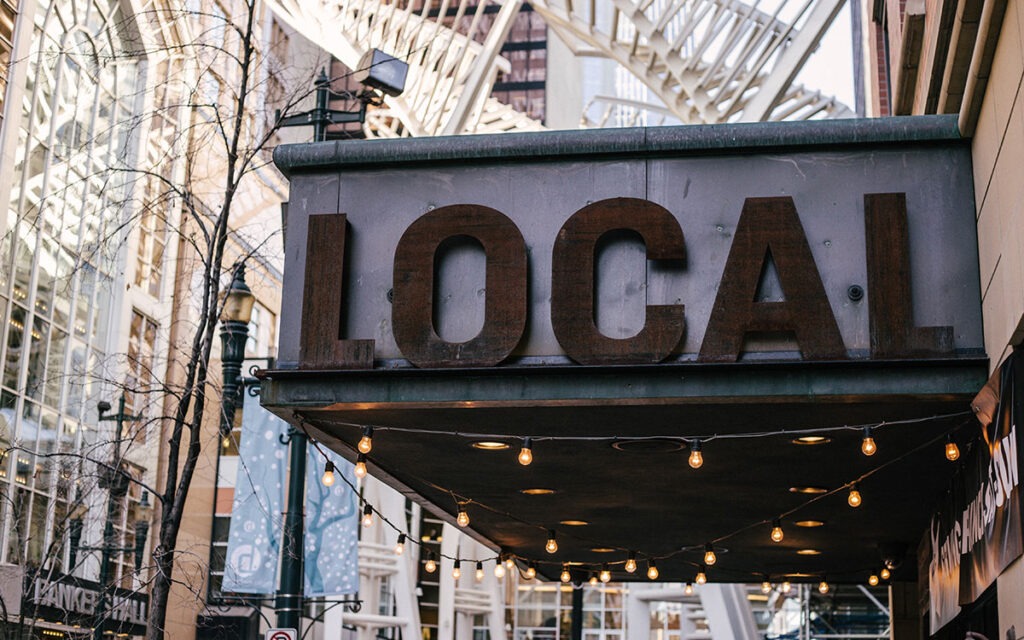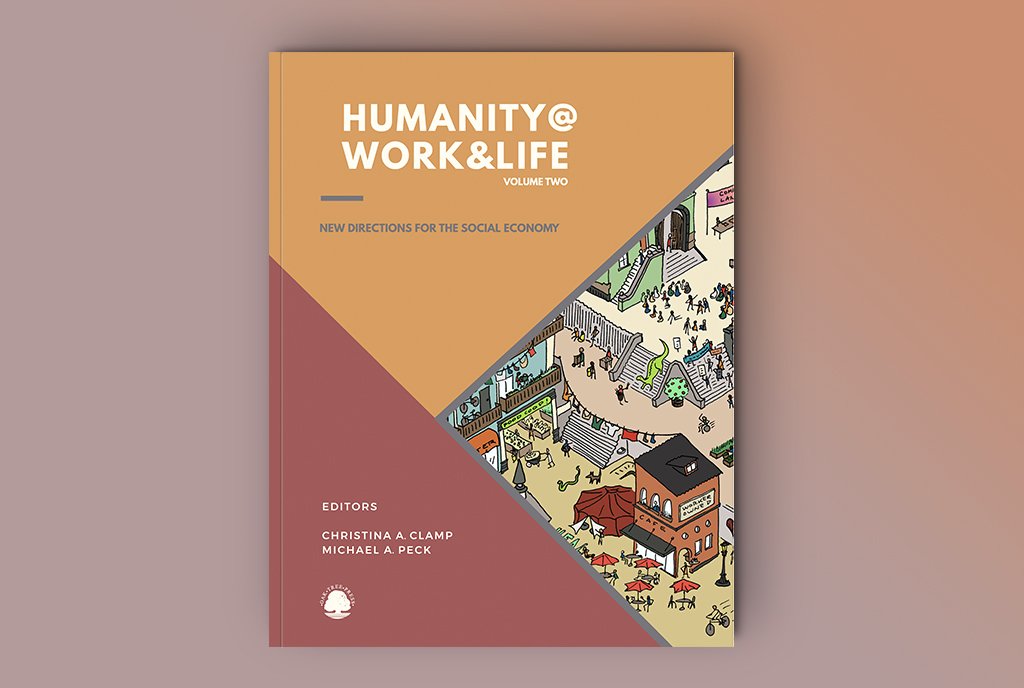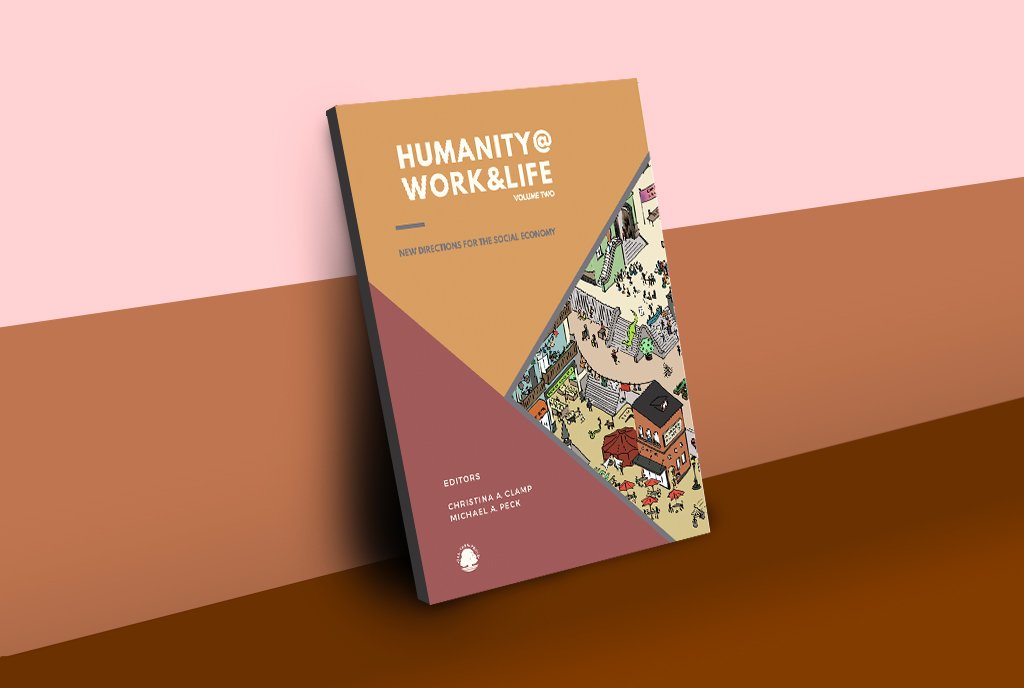
A James Beard Award-winning restaurant in San Francisco’s Chinatown was abusing its staff, forcing them to work brutal hours, and stealing enormous sums through wage theft for years. For too long, city agencies failed to protect those workers. So far, sadly, this is pretty much the standard account that you might find in any US city.
But then something different occurred. The Chinese Progressive Association—in coalition with other groups, including the Asian Law Caucus—not only helped workers take a stand, but they leveraged a “co-governance” arrangement with the city’s labor standards enforcement agency to secure a record-breaking settlement of over $4 million on behalf of 280 workers on back wages that they were owed. As our organization, Partners for Dignity & Rights, noted in a recent report co-published with Race Forward, these Chinatown workers are part of a larger national trend of communities staking claim to a share of public authority.
The restaurant workers’ victory is just one example of how co-governance—that is, governing arrangements in which local authorities cede partial decision-making power to community residents and community-based groups—is making a difference in cities across the country.
While the term “co-governance” has only recently become common in popular discourse, the ideas underlying it have been around for centuries. Its roots go back to the historic village and tribal communitarian practices prevalent in Native, African American, and US immigrant communities. More recently, in the sixties and seventies, this approach can be seen in how welfare rights organizations, environmentalists, labor unions, and health advocates have forced governance changes. For instance, activism by ACT UP (AIDS Coalition to Unleash Power) famously led to life-saving changes in the drug approval process, with patient advocates participating in drug development decisions in a way that was rare before.
In the case of the San Francisco restaurant workers, CPA set its sights on improving the effectiveness of labor standards enforcement by building the capacity of both a municipal agency and workers through a collaborative relationship. They were able to establish, codify, and fund a relationship with the city’s Office of Labor Standards Enforcement such that they were able to be directly involved in setting policy, and workers were centered in implementation.
There is still a lot of work to do to protect low-wage workers in San Francisco and across the country, but CPA’s organizing over the years illustrates the potential of co-governance to build formal and informal structures to make collective policy decisions, co-create programs to meet community needs and ensure those policies and programs are implemented effectively.
The Power of Co-Governance
Building power is more important than ever, as communities grapple with efforts by racist, authoritarian forces to marginalize, disenfranchise, and strip away basic human rights. Community groups need strategies that amplify and strengthen the real good that public agencies can do when people at the margins can help form and implement solutions together with state and municipal agencies, as well as elected officials.
The key is for community groups to see public agencies as a site to organize—not just among elected officials but civil service agency staff.
Too often, community groups are marginalized, or only given token input into the policies that directly affect their lives. Moreover, city agencies are frequently hamstrung by their lack of on-the-ground experience that only the community holds. But when community groups and government can come together, they can build power by leveraging the insights of the former and the authority of the latter.
Co-governance offers an opportunity to build public capacity through collective action to meet shared needs and improve real outcomes in people’s lives. In so acting, communities are building models of participatory democracy from the ground up.
Co-governance requires shifting power and building trust between two sometimes adversarial parties. To be sure, public authority can be (and often is) abused, taken over, and used to serve the interests of the powerful and wealthy. Dangers abound, but the key is for community groups to see public agencies as a site to organize—not just among elected officials but civil service agency staff. Done well, this organizing can assure that public power serves its named (if often unenacted) purpose—that is, to embrace those most in need and work with those communities to offer solutions.
Co-Governance in Action
Examples of co-governance today are wide-ranging. They can include when a worker center has a memorandum of understanding with a government enforcement agency; when a community gathers for people’s assemblies, and their resolutions are given priority access to city council and mayoral agendas; and when community group members have designated positions on community boards, task forces, and coalitions that include government representatives and institutionalize lines of accountability.
The most powerful examples include formalized agreements between the community and government entities. Effective co-governance measures include: 1) structures that ensure community groups have a direct say in crafting both policy and its implementation; 2) provisions for authentic outreach and engagement of community members as part of the policymaking and implementation process; and 3) the use of public dollars to fund the activities.
But there is no need to be doctrinaire about what is and isn’t co-governance. Co-governance exists on a spectrum. Some successful examples might include some, but not all, of the elements described above. The People’s Assemblies in Jackson, MS, have effectively empowered the community and affected policy decisions, but there is no formal, codified agreement between the community organizations facilitating the assemblies and the mayor and city council.
Sometimes, effective advocacy can begin to tip into co-governance. In Paterson, New Jersey, the Paterson Education Fund, a community group that has been pushing for years against punitive and racist disciplinary policies in the school district, secured a commitment from the school superintendent to implement restorative practices in every school by June 2023. Most of their work involved old fashioned relationship-building and determined organizing over the span of 10 years. But now PEF has formal MOUs with two district schools, and its members sit on the district’s facilities team, search team, disciplinary task force, and attendance task force.
The difference between their (very effective) advocacy work and where they are today lies in the institutionalization of community access to public decision making. Now, when members notice a problem with how student lateness is being recorded, they can bring it up at an attendance task force meeting and change it, which they did.
Co-governance provides a pathway to create and implement policies that reflect the real, lived, and on-the-ground experience of community members.
However, we do want to be clear about what co-governance is not. It is not a way to paper over the pernicious impulse by city officials to engage in “public/private” partnerships that are simply another way to privatize public goods. When a city contracts out to an organization, even a nonprofit, to do the work that should be done by the government agency to “save money” or be “efficient,” it is often just another example of the thin edge of the wedge of privatization. A contract is just that—money for services paid. It is not co-governance.
Sign up for our free newsletters
Subscribe to NPQ's newsletters to have our top stories delivered directly to your inbox.
By signing up, you agree to our privacy policy and terms of use, and to receive messages from NPQ and our partners.
Benefits of Co-Governance
Co-governance provides a pathway to create and implement policies that reflect the real, lived, on-the-ground experience of community members, especially those with the least power. Through decades of work in the Bay Area, the Chinese Progressive Association was able to engage both their community, including low-wage workers in the garment and restaurant industries, and government agencies to both strengthen the existing laws and then enforce those laws.
Too often, we have a constrained view of citizenship, one that begins and ends with voting every two or four years.
CPA’s co-governance role is critical because it speaks workers’ language and has earned worker trust, two elements that are essential to workplace law enforcement (even assuming goodwill from public officials). Restaurant workers risk their livelihoods if they make complaints against their employers for abuse and wage theft, with no guarantee of success. But because CPA has built relationships and trust over decades, a few brave workers did come forward and helped organize more workers. Ultimately, the CPA and its allies, working with city agencies, clawed back millions of dollars in lost wages and helped change the very culture around abuse and wage theft.
But the benefits of co-governance also go deeper. Too often, we have a constrained view of citizenship, one that begins and ends with voting every two or four years. With co-governance, community members help both set policies and see their implementation through. In Jackson, People Assembly participants are transformed by the experience of finding themselves welcomed into a substantive discussion of the issues and challenges that concern them, and then together imagine the solutions.
“Every time we have a people’s assembly you can feel the gears turning in people’s minds,” said Brooke Floyd of the People’s Advocacy Institute. “People want better. They just don’t know how to get it. It’s not that people don’t want to vote or be involved with politics. It is intimidating—this state tries to make sure that the people who are being hurt the most don’t know anything, keep them not involved, keep them uneducated, so they can’t fight for what they deserve.”
For example, addressing crime and violence was a priority for the Jackson community. Members held an assembly, out of which the #FundCommunities campaign emerged. That, in turn, led to the mayor and the city council to refrain from raising the police budget, but instead take a $750,000 grant from the National League of Cities and put it towards crime prevention measures instead.
Limits of Co-Governance
Co-governance, however, will not solve all community problems. This can be seen with the water crisis in Jackson. Earlier this year, the state government of Mississippi sought to override the community, the city council and the mayor and take control of the city’s water management—and in the process seize control of federal funds. While those efforts were beaten back, state attempts to limit the authority of Jackson’s city government continued.
These state actions ignore the will of the local community, which has been holding people’s assemblies to address Jackson’s crumbling infrastructure as far back as 2013. Notably, one of the first actions of the late Mayor Chokwe Lumumba—who became mayor in July 2013, but was in office only eight months before dying of a sudden heart attack—was to push through by initiative a one-percentage-point increase in the sales tax to fund local infrastructure. That measure passed with a stunningly high 90 percent “yes” vote, but state actions quickly limited that revenue source. Mayor Chokwe Antar Lumumba, son of the former mayor, has called the latest moves by the White-dominated state government to usurp control over the largely Black city “apartheid.”
There are, of course, other limits. Too often, attempts to democratize begin and end with maximizing individual participation. Participation is important, but we must also balance power and protect human rights. “Democratic participation”—in housing and land use planning, schools, tax revolts, and other arenas—has too often been used to exclude and subjugate Black people, Native people, women, workers, people with disabilities, and other communities. As Meg Massey and Ben Wrobel observe in their book, Letting Go: “The concept of participation is a little bit like the concept of democracy: vague, abstract, and easy to co-opt.”
Community groups must, therefore, always be careful to ensure the processes that they agree to are truly inclusive, equitable, and transparent. And, certainly, there is always the danger of exclusion, elite capture, bureaucratic gridlock, and the like.
When community groups engage with public officials, they typically must deal with the agency directors they have, who are often constrained, slow to act, risk-averse, and short on resources. Furthermore, one cannot ignore that local agencies exist within a power structure that typically favors the wealthiest and most powerful. Advocacy to push, compel, and even shame public officials to work with and those with the least power is always necessary. For these reasons, a co-governance strategy does not make sense in every scenario. Even when it does, organizing from the outside to keep the pressure on remains an essential element of movement strategy.
It is also important to remember that active democratic engagement is work—and is often time-consuming and exhausting. When the least powerful among us are asked to engage with the government, it’s an ask being made of the people with the least bandwidth to participate.
Meeting the Challenges
One key to addressing these kinds of challenges is to make participation fun and attractive, which lightens the burden for everyone. The other is to build processes that reinforce community power so that the interaction is genuinely uplifting and fulfilling. The People’s Assemblies in Jackson always start with a meal. Participants feel truly engaged and listened to. True, deep democracy can be invigorating.
It is no secret that the United States today is struggling with a profound democracy gap. We all want and deserve the basics of a good life; a nice home and a decent job; good schools for our kids; and health care when we need it.
These days, public officials are too often failing to provide those things. And the risks are even greater. As john powell and Sara Grossman recently detailed, authoritarianism is ascendant. Forging new models of co-governance today is more important than ever.
Co-governance, we believe, offers a vital bulwark against White nationalism. It is also a powerful strategy for building a multiracial democracy, one in which everyone’s needs are met, anchored in values of equity and racial justice. Co-governance, in short, provides a pathway to help ensure that people who have been marginalized have a direct say in the choices that define all our lives.











